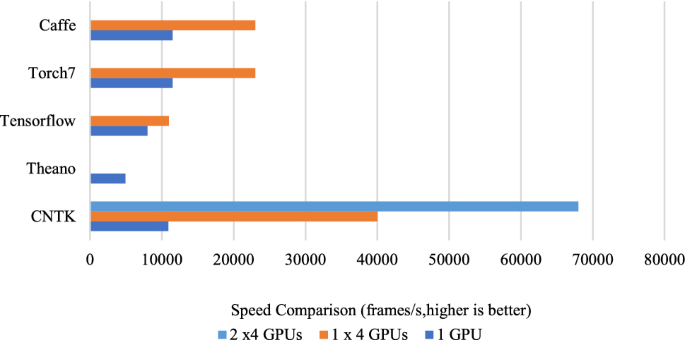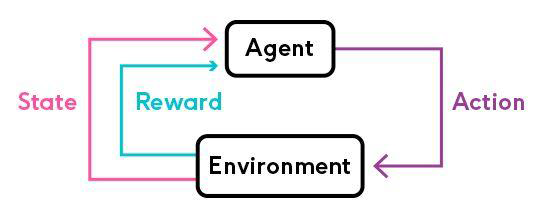
This article will provide an overview of AI technology for manufacturing applications. The best way to get started is with one production unit and then work your way up. This method is particularly cost-effective for smaller manufacturers as the ROI is built upon the foundation work. Once you have the foundation work, you can add other lines or machines to your AI implementation. Once AI is in production, the real-time results can be seen.
Artificial intelligence in manufacturing
AI applications can be used in manufacturing to accurately predict how much of a material will be used in any given process. By doing this, businesses can avoid wasteful stock and surpluses. Another application of AI to process improvement is the prediction of product parameters. AI can also assist in product design and manufacturing. AI is a tool that allows companies to reduce energy consumption, or even decrease the wear of their machines.

Applications
AI-powered optimization of asset performance is being used in a wide range of industrial environments. As AI becomes increasingly affordable and popular, more companies will seek to develop their own systems. The journey towards AI autonomy begins with a pilot program. It then moves on to co-creation. Here are some examples of the benefits that AI-powered application production can bring. We will be discussing some of the most commonly used cases as well as the potential use for AI in manufacturing.
Challenges
It is not easy to develop an AI-powered product. This includes sourcing raw materials and choosing the right vendors. The success of any AI project depends on data quality. Technical limitations can also be a problem. For example, many AI applications are sensitive to latencies. For example, predictive maintenance applications require auto alarm mechanisms that can react quickly to problems. RedisAI was designed to overcome these difficulties.
Prices
While developing an AI solution can seem costly, there are many factors you should take into account. The most important aspect of your business's goals is paramount. AI-powered applications need to meet business objectives. A successful AI project will increase revenue and profitability. As a result, businesses should consider investing in MVP development before building a full-scale solution. A prototype allows companies to try out different features of their product and makes sure that it works. The cost of an MVP varies by project scope, technologies, and tools required to develop a product. A MVP development costs as high as $20000.

Scaling
Designing a robust infrastructure that scales across all phases of the AI/ML lifecycle is the key to scaling AI production. These steps are known as Prepare, Build, Deploy, and Monitor. Scalability, which is vital, is why IT/cloud architects as well data scientists and analysts must prepare the production process. Here are some of these opportunities and challenges.
FAQ
What is the role of AI?
To understand how AI works, you need to know some basic computing principles.
Computers store information on memory. Computers work with code programs to process the information. The computer's next step is determined by the code.
An algorithm refers to a set of instructions that tells a computer how it should perform a certain task. These algorithms are typically written in code.
An algorithm can be considered a recipe. A recipe can include ingredients and steps. Each step can be considered a separate instruction. For example, one instruction might say "add water to the pot" while another says "heat the pot until boiling."
What does the future look like for AI?
Artificial intelligence (AI), which is the future of artificial intelligence, does not rely on building machines smarter than humans. It focuses instead on creating systems that learn and improve from experience.
This means that machines need to learn how to learn.
This would involve the creation of algorithms that could be taught to each other by using examples.
Also, we should consider designing our own learning algorithms.
It's important that they can be flexible enough for any situation.
How does AI work
An artificial neural system is composed of many simple processors, called neurons. Each neuron takes inputs from other neurons, and then uses mathematical operations to process them.
Neurons are organized in layers. Each layer performs a different function. The first layer receives raw data, such as sounds and images. Then it passes these on to the next layer, which processes them further. The last layer finally produces an output.
Each neuron has its own weighting value. This value is multiplied when new input arrives and added to all other values. If the number is greater than zero then the neuron activates. It sends a signal down the line telling the next neuron what to do.
This process repeats until the end of the network, where the final results are produced.
Who invented AI and why?
Alan Turing
Turing was born 1912. His father, a clergyman, was his mother, a nurse. At school, he excelled at mathematics but became depressed after being rejected by Cambridge University. He discovered chess and won several tournaments. After World War II, he was employed at Bletchley Park in Britain, where he cracked German codes.
He died on April 5, 1954.
John McCarthy
McCarthy was born in 1928. McCarthy studied math at Princeton University before joining MIT. There he developed the LISP programming language. He was credited with creating the foundations for modern AI in 1957.
He died on November 11, 2011.
Statistics
- A 2021 Pew Research survey revealed that 37 percent of respondents who are more concerned than excited about AI had concerns including job loss, privacy, and AI's potential to “surpass human skills.” (builtin.com)
- More than 70 percent of users claim they book trips on their phones, review travel tips, and research local landmarks and restaurants. (builtin.com)
- The company's AI team trained an image recognition model to 85 percent accuracy using billions of public Instagram photos tagged with hashtags. (builtin.com)
- By using BrainBox AI, commercial buildings can reduce total energy costs by 25% and improves occupant comfort by 60%. (analyticsinsight.net)
- Additionally, keeping in mind the current crisis, the AI is designed in a manner where it reduces the carbon footprint by 20-40%. (analyticsinsight.net)
External Links
How To
How to set Siri up to talk when charging
Siri is capable of many things but she can't speak back to people. This is due to the fact that your iPhone does NOT have a microphone. Bluetooth is an alternative method that Siri can use to communicate with you.
Here's a way to make Siri speak during charging.
-
Under "When Using Assistive touch", select "Speak when locked"
-
To activate Siri, hold down the home button two times.
-
Siri can be asked to speak.
-
Say, "Hey Siri."
-
Say "OK."
-
Speak up and tell me something.
-
Speak "I'm bored", "Play some music,"" Call my friend," "Remind us about," "Take a photo," "Set a timer,"," Check out," etc.
-
Say "Done."
-
Thank her by saying "Thank you"
-
If you're using an iPhone X/XS/XS, then remove the battery case.
-
Insert the battery.
-
Assemble the iPhone again.
-
Connect the iPhone to iTunes
-
Sync the iPhone
-
Enable "Use Toggle the switch to On.